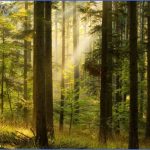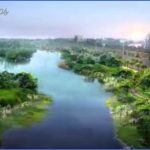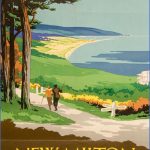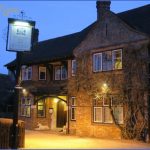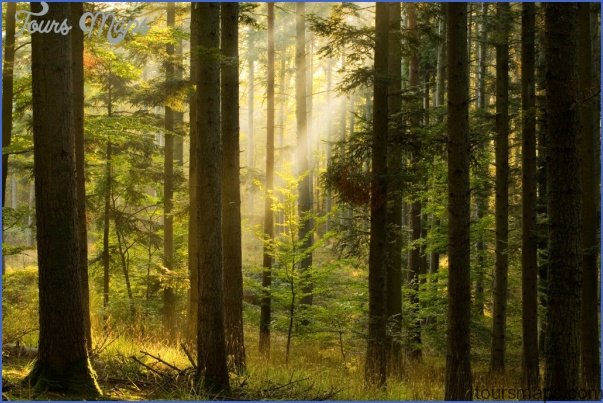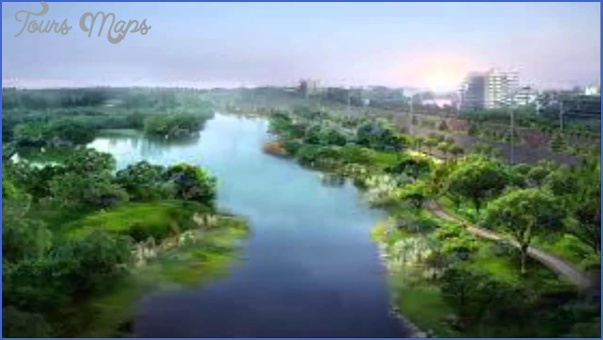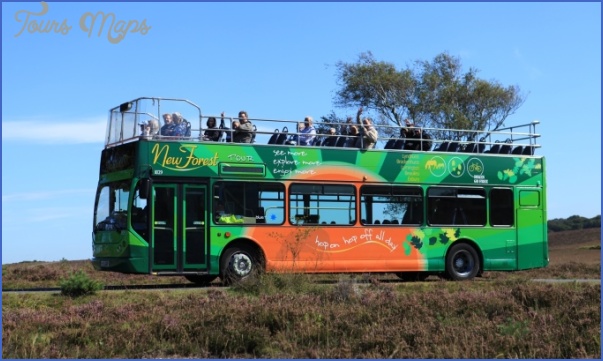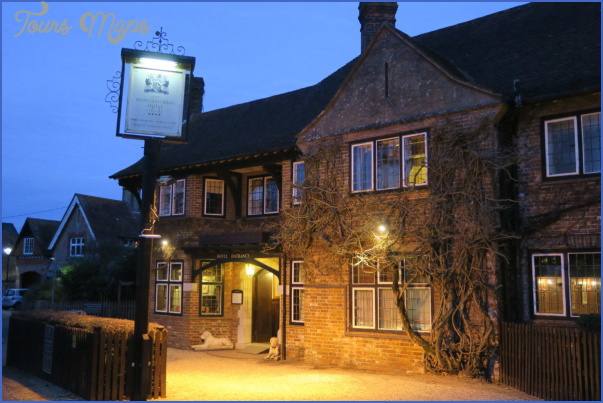The New Forest gets more visitors than any other national park in the UK: around 13 million day visits a year. Tourism is by far the biggest money spinner, providing a third of the local jobs and generating at least £70 million per annum. While many visitors don’t stray far from its picturesque villages, picnic sites and roadside carparks, increasing numbers of horseriders, cyclists, ardent walkers and naturalists get off the beaten track to experience the magic of the place. Cars and cyclist numbers are increasing, clogging up many of the roads in summer when it’s sometimes all but impossible to make any progress through a small town such as Lyndhurst in the centre of the Forest. And that brings with it more pressure for more carparks which few local people want.
The New Forest is without doubt a place of superlatives. Over half of Britain’s 2,500 species of moths and butterflies are found here. Its most ancient gnarled trees are home to more lichens growing on their bark than anywhere in the lowlands of Europe. And it is the only place in Britain where vibrant pink Wild Gladiolus grows alongside Bluebells under swathes of knee-high bracken.
In spite of growing numbers of tourists, much of the New Forest is a place of surprising peace and solitude. I’ve stood on the peat-stained hummocks of Yew Tree Heath in its northeast and watched a group of hessian-coloured Fallow Deer merge imperceptibly into the rust-tipped bracken. I’ve been in spots silent enough to hear the wailing of a distant curlew and the nearby hum of bees searching the violet-hued heather. And, more recently, I’ve wandered over its heathland at dusk to enjoy a long, dry purring, so-called ‘song’ – the least musical song you might ever hear -reverberating in the enveloping evening gloom. Nightjars.
New Forest Travel Photo Gallery
The first Nightjar starts up his monotonous purring, from a distant tree perhaps. Then another starts churring from a different direction, a play on two pitches of sound and almost impossible, sometimes, to be sure from where it is being sung. But there’s better still. In late spring on a warm evening the males display; it’s a heartening sight in the early dusk: the bird claps his wings together, then flies with slow wing beats interspersed with long glides, holding his wings in a slightly raised posture. He shows off the white wing patch near the extremity of each wing, visible in the fading light. And all to impress the females. It most certainly impresses me.
Nightjars scything through the darkening sky, hawking for insects as they turn this way and that, calling quietly all the while, is a common sight at dusk in summer in William’s New Forest. And it is one of the most magical experiences of the natural world.
Maybe You Like Them Too
- DUBAI UNITED ARAB EMIRATES
- Anniston Map
- Wildlife Travel Guide
- Wildlife Travel To Alonissos
- National Wildlife Travel

